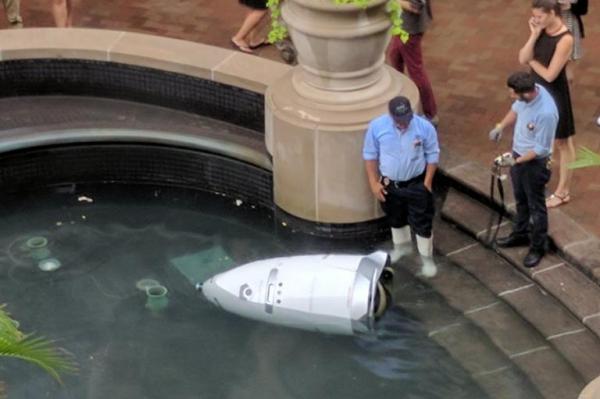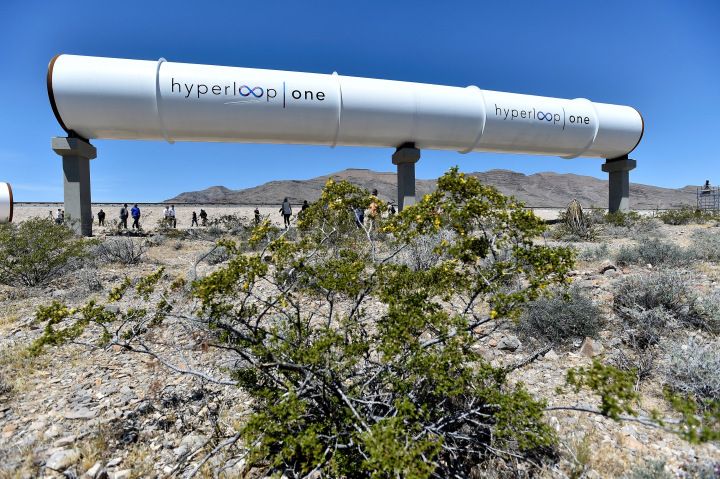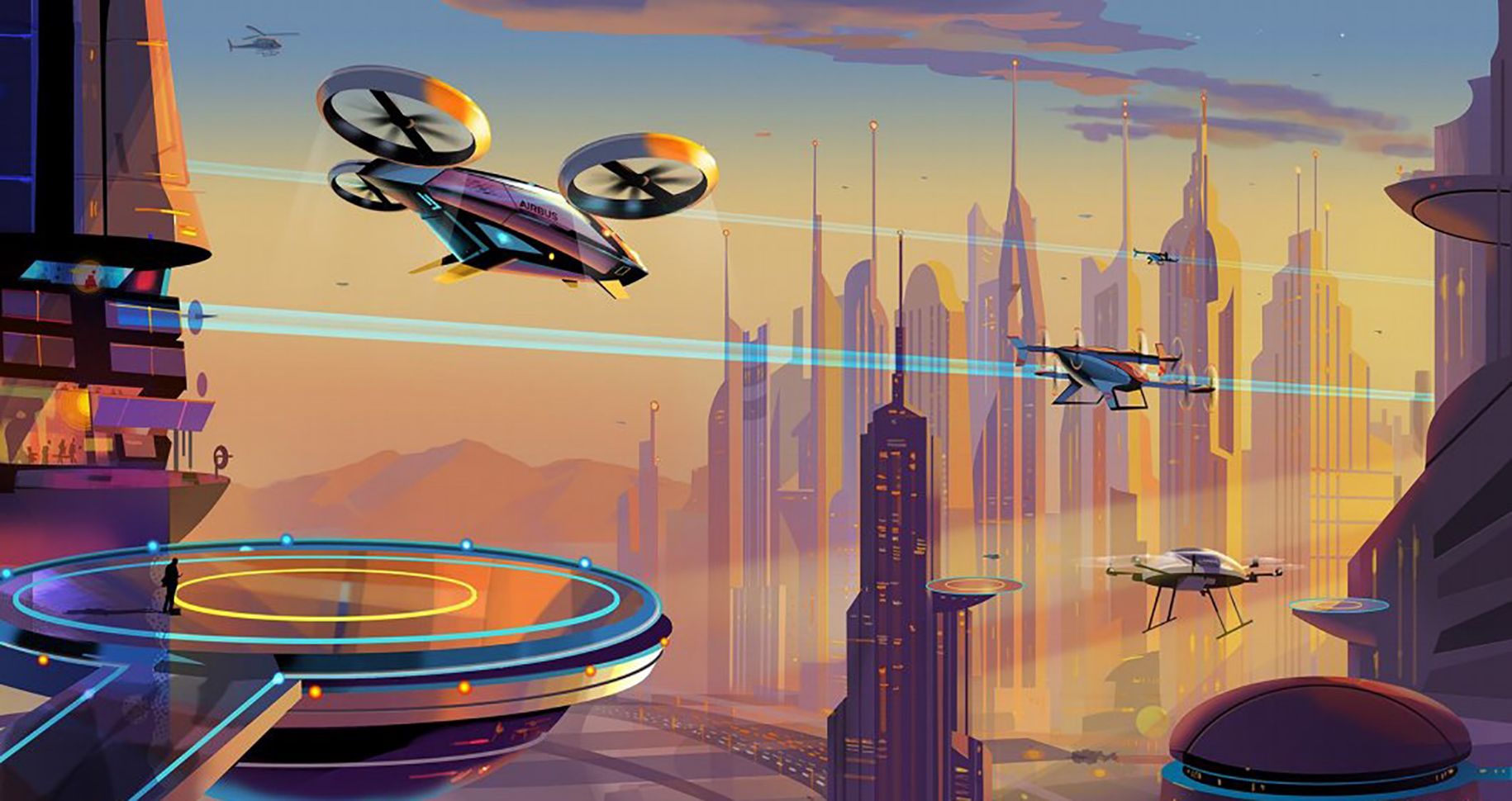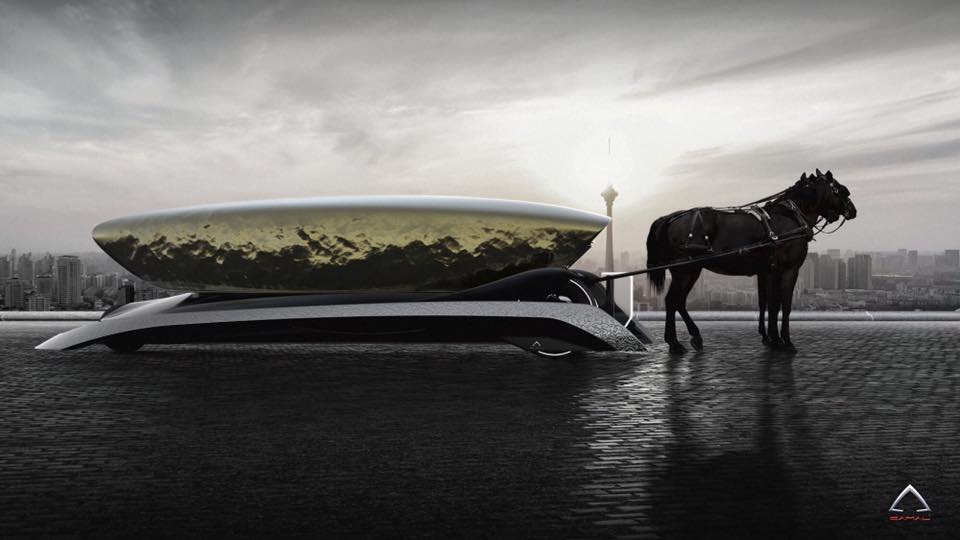July 18 (UPI) — Officials at a Washington, D.C., office building patrolled by a security robot they are investigating after workers reported the robot “drowned itself.”
MRP Realty announced last week there was a “new sheriff in town,” namely a K5 security robot developed by Silicon Valley startup Knightscope, but Bilal Farooqui, a worker at the office complex, tweeted a photo Monday revealing the mechanical guard had met with a watery end.
“Our D.C. office building got a security robot. It drowned itself,” Farooqui wrote alongside an image of the robot horizontal inside a fountain. “We were promised flying cars, instead we got suicidal robots.”




